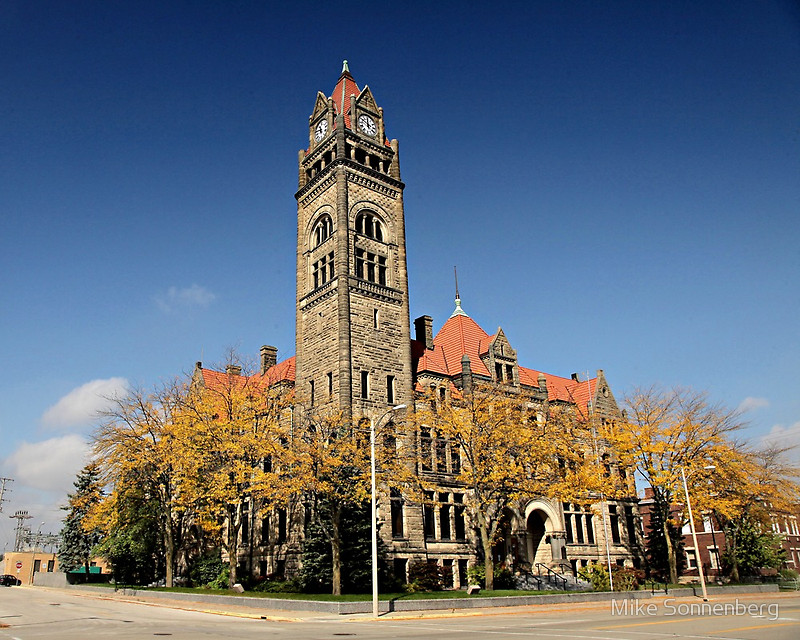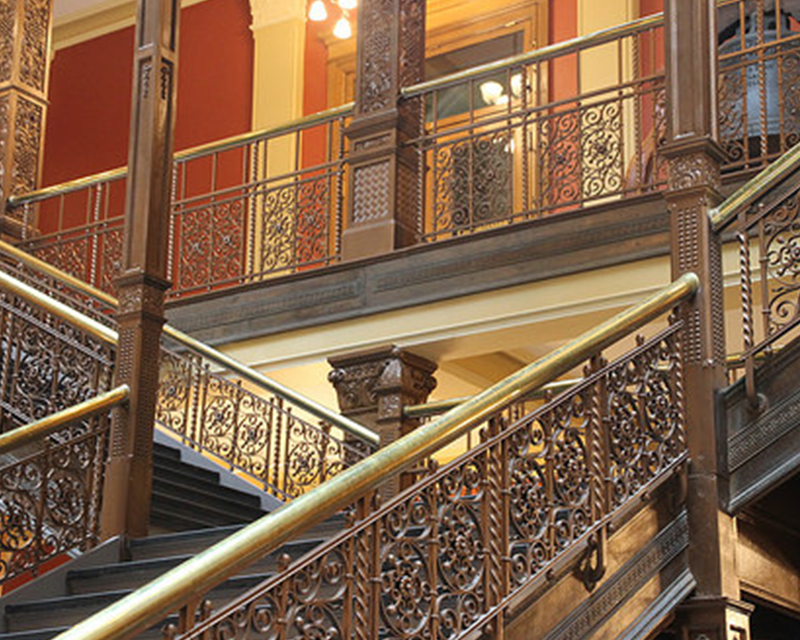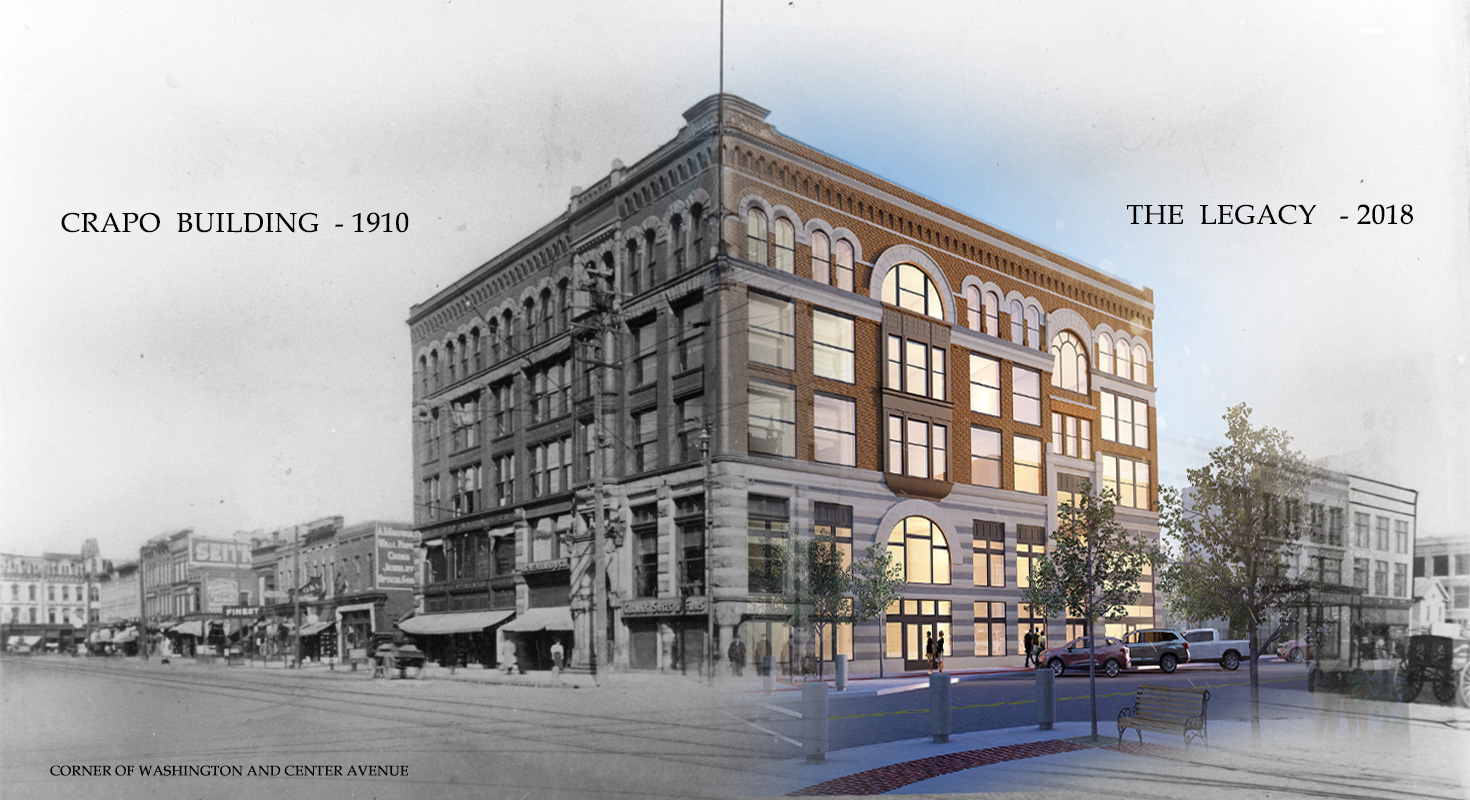Bay City was once the camping ground of the Chippewa Indian…later the hub of specialized industries…and today…a city that tells a story of its sense of place through historical attractions, eco-tourism, the arts, interesting shops and dozens of cafes and eateries. Situated near the mouth of the Saginaw River, which joins the Saginaw Bay, Lake Huron and the Great Lakes Waterway, Bay City continues to be an important center of commerce.
Bay City was originally known as “Lower Saginaw,” and fell within the boundaries of Saginaw County until Bay County was organized in 1857. It was at this time that the name was changed to Bay City. While Saginaw had the first white settlement in this area in 1819, larger ships had difficulty navigating the shallower water near the Saginaw settlement. Due to this fact, many of the early pioneers moved to Lower Saginaw as it became clear its deeper waters made it a better location for the growth of industry which relied on shipping. By 1860, Lower Saginaw had become a bustling community of about 2,000 people with several mills and many small businesses in operation.
In 1865, the village of Bay City was incorporated as a city. Rapid economic growth took place during this time period, with lumbering, milling, and shipbuilding creating many jobs. The early industrialists in the area used the Saginaw River as a convenient means to float lumber to the mills and factories and as a consequence amass large fortunes. Many of the mansions built during this era are registered as historical landmarks by the state and federal government.
In 1873, Charles C. Fitzhugh, Jr., a Bay City pioneer, and his wife, Jane, purchased land and built a home on property bounded by Washington, Saginaw, Ninth and Tenth Streets, which later became the location for City Hall. Fitzhugh dealt on a large scale in wild lands and farms, being an agent for over 25,000 acres (100 km²) of land in Bay County. During this time, Washington Avenue was primarily developed with residential homes. Businesses were concentrated along Water Street near the Saginaw River. As time went on, businesses started to expand along Washington Avenue. In 1891, the Fitzhughs sold the land to the City of Bay City for $8,500 “to be used for the erection of a City Hall and offices and for no other purposes whatever.”
During the latter half of the 19th century Bay City was the home of several now-closed industries including many sawmills and shipbuilders. The Defoe Shipbuilding Company, which ceased operations December 31, 1975 built destroyer escorts, guided missile destroyers, and patrol craft for the United States Navy. To maintain this strong Naval heritage, the Saginaw Valley Naval Ship Museum, working with the Naval Sea Systems Command was able to bring the USS Edson (DD-946) to Bay City. Located on the Saginaw River, this ship is now a museum that is open to the public. Another important part of the city’s industrial history is Industrial Brownhoist, which was well-known for its construction of large industrial cranes.
Today our community continues to respect and treasure its past. The focus on our history and a strong belief in the future is reflected in the continued development of our special downtown.
The Historical Museum of Bay County and Butterfield Memorial Research Library is a great source of information about the history of our area. Located downtown at 321 Washington Avenue, next to City Hall. www.bchsmuseum.org



